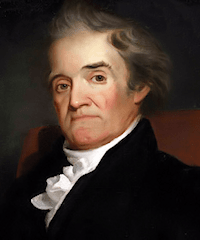L
L, the twelfth letter of the English alphabet, is usually denominated a semi-vowel, or a liquid. It represents an imperfect articulation, formed by placing the tip of the tongue against the gum that incloses the roots of the upper teeth; but the sides of the tongue not being in close contact with the roof of the mouth, the breath of course not being entirely intercepted, this articulation is attended with an imperfect sound. The shape of the letter is evidently borrowed from that of the oriental lamed, or lomad, nearly coinciding with the Samaritan 2.
L has only one sound in English, as in like, canal. At the end of monosyllables, it is often doubled, as in fall, full, tell, bell; but not after diphthongs and digraphs; foul, fool, prowl, growel, foal, etc. being written with a single l
With some nations, l and r are commutable; as in Greek, l lilium.
In some words, l is mute, as in half, calf, walk, talk, chalk.
In English words, the terminating syllable le is unaccented, the e is silent, and l has a feeble sound; as in able, eagle, pronounced abl, eagl.
As a number l denotes 50, and with a dash above the l 50, 000. As an abbreviation, in Latin, it stands for Lucius; and l Latin S. for a sesterce, or two librae and a half.
